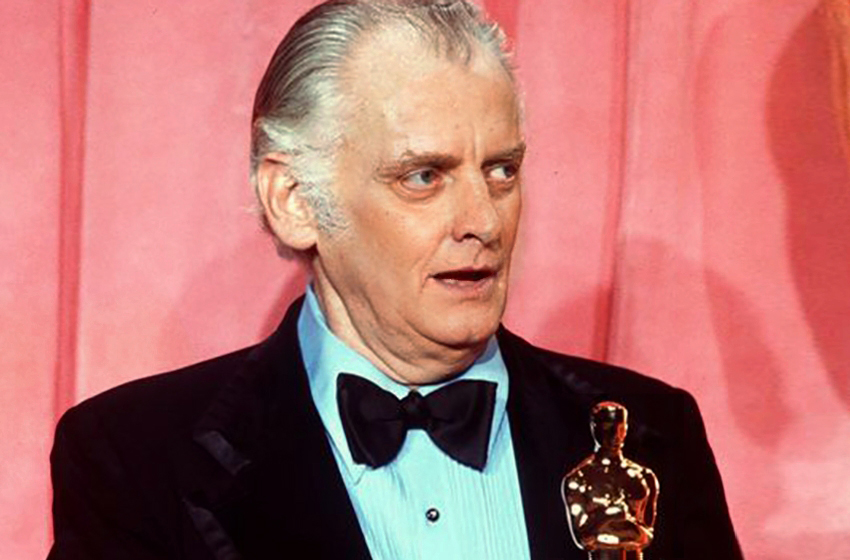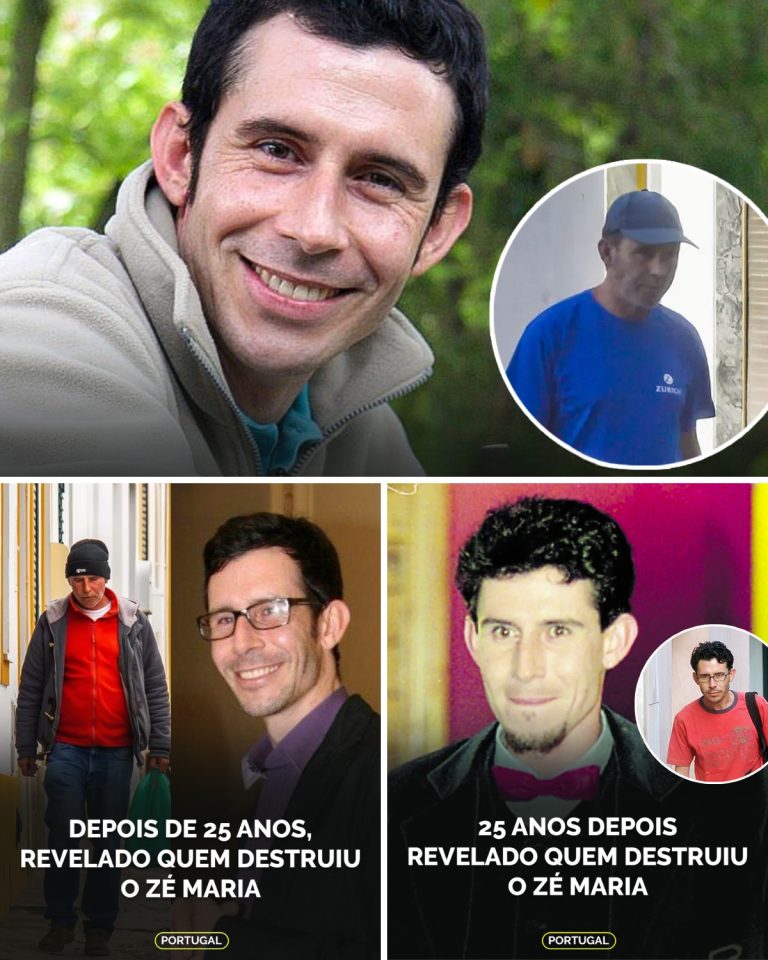For millions of fans, The Honeymooners was pure television magic—a groundbreaking comedy that immortalized Jackie Gleason’s bombastic Ralph Kramden and Art Carney’s bumbling yet lovable Ed Norton. Their chemistry was lightning in a bottle, a duo etched forever into the cultural memory of the 1950s. But behind the laughs, behind the iconic catchphrases and Emmy wins, lay a chilling truth: when the cameras stopped rolling, Carney and Gleason’s friendship disintegrated into silence so deep it lasted a lifetime.
Art Carney, who collected six Emmys and later stunned Hollywood with his 1974 Oscar win for Harry and Tonto, was once inseparable from Gleason on screen. Fans assumed that bond translated to real life. But insiders paint a darker picture—of an artistic partnership poisoned by control, ego, and resentment. Gleason, known as “The Great One,” ruled his sets with ironclad authority, demanding loyalty and perfection. Carney, a quiet and sensitive performer, often buckled under the weight of Gleason’s domineering style. While Gleason thrived in the spotlight, Carney yearned for roles that stretched beyond comedy, for recognition of his dramatic range that Gleason allegedly dismissed.
The rift widened with Carney’s Academy Award. That golden statue, hailed as a triumph for a man long pigeonholed as a sidekick, reportedly went unacknowledged by Gleason. The silence stung. To friends close to Carney, it was as though Gleason could not celebrate another man’s success if it eclipsed his own. That unspoken wound became permanent.
By the 1980s, Carney had withdrawn from Hollywood, retreating into family life and avoiding the public eye. When Gleason’s health declined, friends begged Carney to reconcile, to call, to visit. But he never did. And when Gleason died in 1987, Carney’s absence was deafening. No eulogy. No statement. No appearance at the funeral. For a man who had once been half of television’s most beloved comedy duo, his silence was as shocking as it was final.
Why? Some say grief. Others insist it was principle. But those who knew Carney suggest it was the culmination of years of quiet resentment, of feeling overshadowed and dismissed by a man whose genius was matched only by his arrogance. For Carney, breaking the silence would have meant re-opening wounds he had long since chosen to close.
The legacy of The Honeymooners is untouchable—its brilliance undeniable. Yet its two stars, forever immortalized as best friends in Brooklyn, never reconciled in real life. Their story is a haunting reminder of the fragile line between performance and reality, of how fame can weld two people together on-screen while pulling them apart off it.
Decades later, fans are still left to wonder: what final words might have passed between Gleason and Carney if pride and pain hadn’t silenced them both? We may never know. But Art Carney’s silence remains one of television’s most poignant mysteries—a quiet echo that speaks louder than words ever could.



